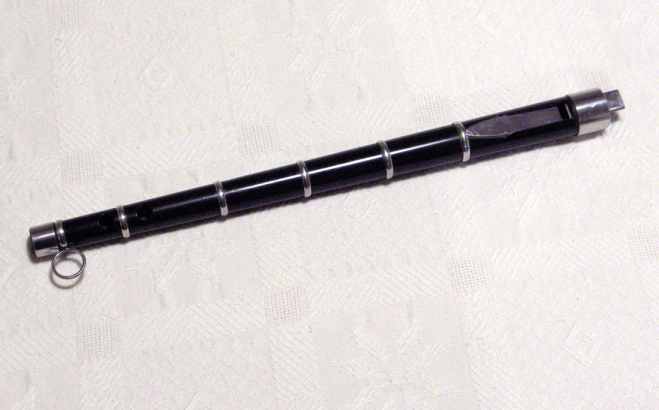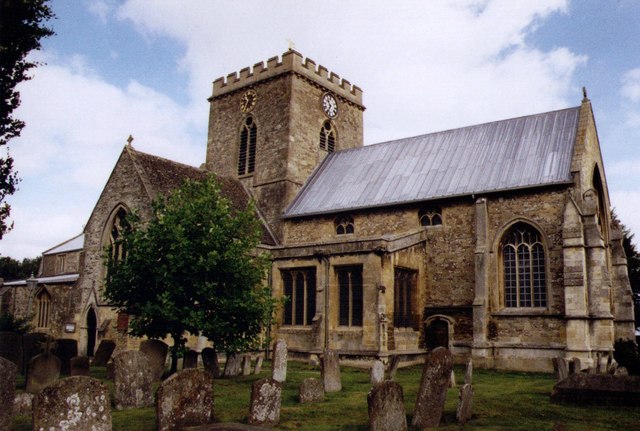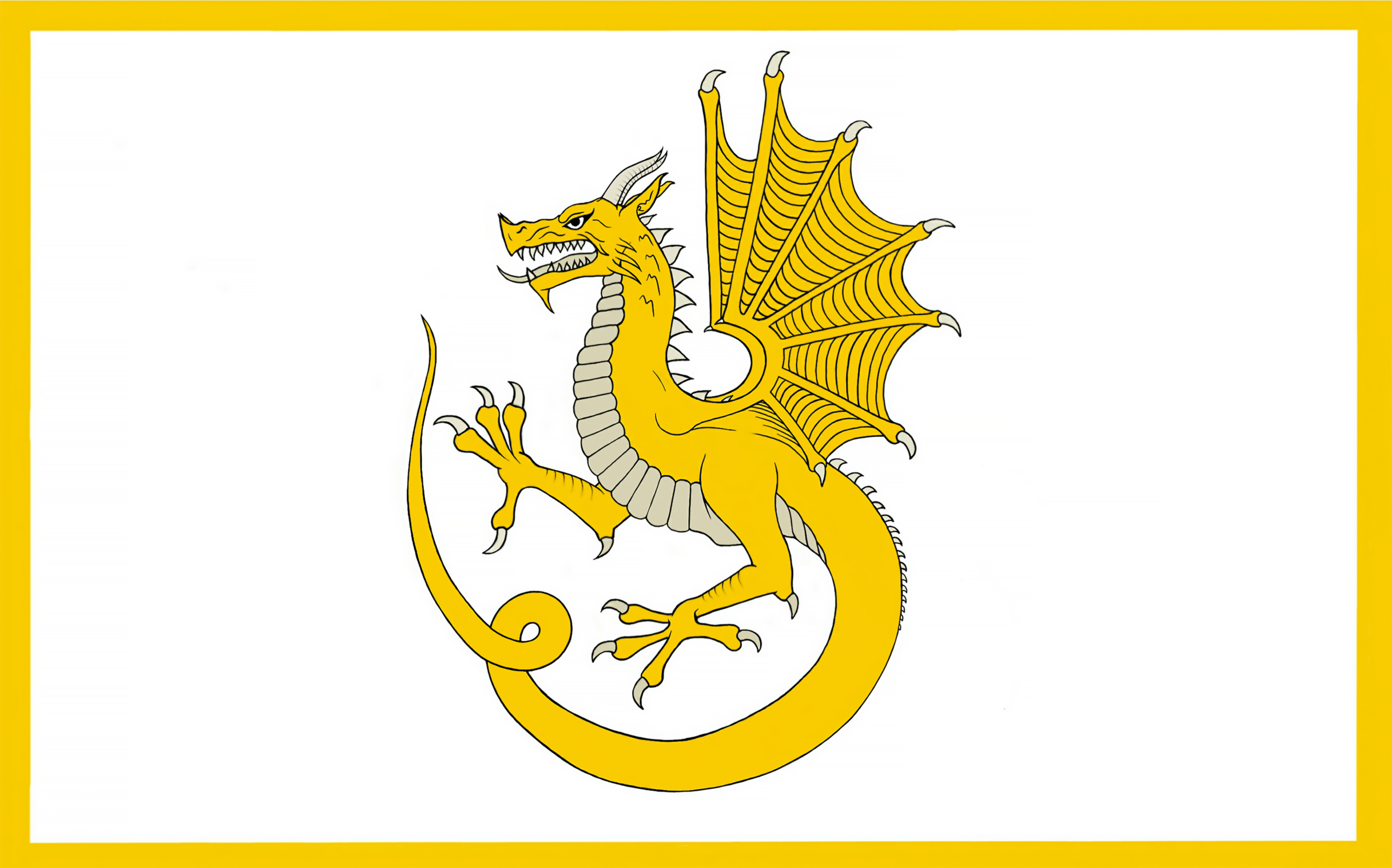|
Icknield Way Morris Men
Icknield Way Morris Men is a Cotswold Morris Dancing team based in Wantage, Oxfordshire. As a member of the Morris Ring, Icknield Way's members are all male. History of the side Icknield Way Morris Men was formed by pupils at Icknield School in Wantage, who approached their music teacher Mary Shunn in September 1958, looking for ideas for an after-school club. Mary had an interest in traditional English dancing and was friends with active dancers, including members of William Kimber's family and Jim Phillips, squire of the Morris Ring from 1958 to 1960. She taught dances from the Headington tradition along with these other dancers. Icknield Way Morris Men celebrated its 50th anniversary in 2009 with a tour along the Icknield Way ancient highway. Appearance The uniform of Icknield Way's dancers has changed significantly over time but has always been based on "whites", the traditional white trousers and shirt of Cotswold Morris dancers. The uniform has always featured a W ... [...More Info...] [...Related Items...] OR: [Wikipedia] [Google] [Baidu] |
Morris Dancing
Morris dancing is a form of English folklore, English folk dance. It is based on rhythmic stepping and the execution of choreographed figures by a group of dancers, usually wearing bell pads on their shins. Implements such as sticks, swords and handkerchiefs may also be wielded by the dancers. In a small number of dances for one or two people, steps are near and across a pair of clay tobacco pipes laid one across the other on the floor. They clap their sticks, swords, or handkerchiefs together to match with the dance. The earliest known and surviving English written mention of Morris dance is dated to 1448 and records the payment of seven shillings to Morris dancers by the Goldsmiths' Company in London. Further mentions of Morris dancing occur in the late 15th century, and there are also early records such as bishops' "Visitation Articles" mentioning sword dancing, guising and other dancing activities, as well as mumming plays. While the earliest records invariably mention "Morys ... [...More Info...] [...Related Items...] OR: [Wikipedia] [Google] [Baidu] |
Mummers Play
Mummers' plays are folk plays performed by troupes of amateur actors, traditionally all male, known as mummers or guisers (also by local names such as ''rhymers'', ''pace-eggers'', ''soulers'', ''tipteerers'', ''wrenboys'', and ''galoshins''). Historically, mummers' plays consisted of informal groups of costumed community members that visited from house to house on various holidays. Today the term refers especially to a play in which a number of characters are called on stage, two of whom engage in a combat, the loser being revived by a doctor character. This play is sometimes found associated with a sword dance though both also exist in Britain independently. Mumming spread from the British Isles to a number of former British colonies. It is sometimes performed in the street but more usually during visits to houses and pubs. It is generally performed seasonally or annually, often at Christmas, Easter or on Plough Monday, more rarely on Halloween or All Souls' Day, and ofte ... [...More Info...] [...Related Items...] OR: [Wikipedia] [Google] [Baidu] |
Oxfordshire Folklore
Oxfordshire is a ceremonial and non-metropolitan county in the north west of South East England. It is a mainly rural county, with its largest settlement being the city of Oxford. The county is a centre of research and development, primarily due to the work of the University of Oxford and several notable science parks. These include the Harwell Science and Innovation Campus and Milton Park, both situated around the towns of Didcot and Abingdon-on-Thames. It is a landlocked county, bordered by six counties: Berkshire to the south, Buckinghamshire to the east, Wiltshire to the south west, Gloucestershire to the west, Warwickshire to the north west, and Northamptonshire to the north east. Oxfordshire is locally governed by Oxfordshire County Council, together with local councils of its five non-metropolitan districts: City of Oxford, Cherwell, South Oxfordshire, Vale of White Horse, and West Oxfordshire. Present-day Oxfordshire spanning the area south of the Thames was ... [...More Info...] [...Related Items...] OR: [Wikipedia] [Google] [Baidu] |
Dance Companies In The United Kingdom
Dance is a performing art form consisting of sequences of movement, either improvised or purposefully selected. This movement has aesthetic and often symbolic value. Dance can be categorized and described by its choreography, by its repertoire of movements, or by its historical period or place of origin. An important distinction is to be drawn between the contexts of theatrical and participatory dance, although these two categories are not always completely separate; both may have special functions, whether social, ceremonial, competitive, erotic, martial, or sacred/ liturgical. Other forms of human movement are sometimes said to have a dance-like quality, including martial arts, gymnastics, cheerleading, figure skating, synchronized swimming, marching bands, and many other forms of athletics. There are many professional athletes like, professional football players and soccer players, who take dance classes to help with their skills. To be more specific professional athlete ... [...More Info...] [...Related Items...] OR: [Wikipedia] [Google] [Baidu] |
Morris Dance
Morris dancing is a form of English folk dance. It is based on rhythmic stepping and the execution of choreographed figures by a group of dancers, usually wearing bell pads on their shins. Implements such as sticks, swords and handkerchiefs may also be wielded by the dancers. In a small number of dances for one or two people, steps are near and across a pair of clay tobacco pipes laid one across the other on the floor. They clap their sticks, swords, or handkerchiefs together to match with the dance. The earliest known and surviving English written mention of Morris dance is dated to 1448 and records the payment of seven shillings to Morris dancers by the Goldsmiths' Company in London. Further mentions of Morris dancing occur in the late 15th century, and there are also early records such as bishops' "Visitation Articles" mentioning sword dancing, guising and other dancing activities, as well as mumming plays. While the earliest records invariably mention "Morys" in a court ... [...More Info...] [...Related Items...] OR: [Wikipedia] [Google] [Baidu] |
Culture In Oxfordshire
Culture () is an umbrella term which encompasses the social behavior, institutions, and norms found in human societies, as well as the knowledge, beliefs, arts, laws, customs, capabilities, and habits of the individuals in these groups.Tylor, Edward. (1871). Primitive Culture. Vol 1. New York: J.P. Putnam's Son Culture is often originated from or attributed to a specific region or location. Humans acquire culture through the learning processes of enculturation and socialization, which is shown by the diversity of cultures across societies. A cultural norm codifies acceptable conduct in society; it serves as a guideline for behavior, dress, language, and demeanor in a situation, which serves as a template for expectations in a social group. Accepting only a monoculture in a social group can bear risks, just as a single species can wither in the face of environmental change, for lack of functional responses to the change. Thus in military culture, valor is counted a typical ... [...More Info...] [...Related Items...] OR: [Wikipedia] [Google] [Baidu] |
Pipe And Tabor
Pipe and tabor is a pair of instruments played by a single player, consisting of a three-hole pipe played with one hand, and a small drum played with the other. The tabor (drum) hangs on the performer's left arm or around the neck, leaving the hands free to beat the drum with a stick in the right hand and play the pipe with thumb and first two fingers of the left hand. The pipe is made out of wood, metal or plastic and consists of a cylindrical tube of narrow bore (1:40 diameter:length ratio) pierced with three holes near one end, two in front and one in back. At the opposite end is a fipple or block, similar to that used in a recorder. Tabor pipes are widespread throughout the globe, found on most continents and in many countries. Each culture has developed a different style of pipe, so a different method of playing and a different range of notes. The smallest of the family is the Picco pipe, while the largest is the fujara. In Europe there are many variations of instrum ... [...More Info...] [...Related Items...] OR: [Wikipedia] [Google] [Baidu] |
Bodleian Library
The Bodleian Library () is the main research library of the University of Oxford, and is one of the oldest libraries in Europe. It derives its name from its founder, Sir Thomas Bodley. With over 13 million printed items, it is the second-largest library in Britain after the British Library. Under the Legal Deposit Libraries Act 2003, it is one of six legal deposit libraries for works published in the United Kingdom, and under Irish law it is entitled to request a copy of each book published in the Republic of Ireland. Known to Oxford scholars as "Bodley" or "the Bod", it operates principally as a reference library and, in general, documents may not be removed from the reading rooms. In 2000, a number of libraries within the University of Oxford were brought together for administrative purposes under the aegis of what was initially known as Oxford University Library Services (OULS), and since 2010 as the Bodleian Libraries, of which the Bodleian Library is the large ... [...More Info...] [...Related Items...] OR: [Wikipedia] [Google] [Baidu] |
Magdalen College, Oxford
Magdalen College (, ) is a constituent college of the University of Oxford. It was founded in 1458 by William of Waynflete. Today, it is the fourth wealthiest college, with a financial endowment of £332.1 million as of 2019 and one of the strongest academically, setting the record for the highest Norrington Score in 2010 and topping the table twice since then. It is home to several of the university's distinguished chairs, including the Agnelli-Serena Professorship, the Sherardian Professorship, and the four Waynflete Professorships. The large, square Magdalen Tower is an Oxford landmark, and it is a tradition, dating to the days of Henry VII, that the college choir sings from the top of it at 6 a.m. on May Morning. The college stands next to the River Cherwell and the University of Oxford Botanic Garden. Within its grounds are a deer park and Addison's Walk. History Foundation Magdalen College was founded in 1458 by William of Waynflete, Bishop of Winch ... [...More Info...] [...Related Items...] OR: [Wikipedia] [Google] [Baidu] |
Grove, Oxfordshire
Grove is a village and civil parish in the ceremonial county of Oxfordshire, England. Historically, part of Berkshire, it has been administered as part of the Vale of White Horse district of Oxfordshire since 1974. The village is on Letcombe Brook, about north of Wantage and south-west of Oxford. The 2011 Census recorded the parish's population as 7,178. It is also home to Formula One constructor Williams Racing. History In 1622 Thomas Grove had a watermill at Grove. Grove Farmhouse is dated 1684. It is a chequer brick building of three bays and its doorway has bolection moulding. The common lands of Wantage and Grove were enclosed by an Act of Parliament passed in 1803. The land awards under the Act seem to have been made in 1806. In 1770 the turnpike road was built as a more direct route between Wantage and Oxford. Between 1796 and 1810 the Wilts & Berks Canal was built. Its main route passed through the village and a branch of the canal was built between Grove and ... [...More Info...] [...Related Items...] OR: [Wikipedia] [Google] [Baidu] |
Wantage
Wantage () is a historic market town and Civil parishes in England, civil parish in Oxfordshire, England. Although within the boundaries of the Historic counties of England, historic county of Berkshire, it has been administered as part of the Vale of White Horse district of Oxfordshire since 1974. The town is on Letcombe Brook, south-west of Abingdon, Oxfordshire, Abingdon, north-west of Reading, Berkshire, Reading, south-west of Oxford and north-west of Newbury, Berkshire, Newbury. It was the birthplace of Alfred the Great, King Alfred the Great in 849. History Wantage was a small Roman Britain, Roman settlement but the origin of the Toponymy, toponym is somewhat uncertain. It is generally thought to be from an Old English phrase meaning "decreasing river". King Alfred the Great was born at the royal palace there in the 9th century, in what was originally known as Wanating. Wantage appears in the Domesday Book of 1086. Its value was £61 and it was in the king's ownersh ... [...More Info...] [...Related Items...] OR: [Wikipedia] [Google] [Baidu] |
Wyvern
A wyvern ( , sometimes spelled wivern) is a legendary winged dragon that has two legs. The wyvern in its various forms is important in heraldry, frequently appearing as a mascot of schools and athletic teams (chiefly in the United States, United Kingdom, and Canada). It is a popular creature in European literature, mythology, and folklore. Today, it is often used in fantasy literature and video games. The wyvern in heraldry and folklore is rarely fire-breathing, unlike four-legged dragons. Etymology According to the ''Oxford English Dictionary'', the word is a development of Middle English ''wyver'' (attested fourteenth century), from Anglo-French ''wivre'' (cf. French ''guivre'' and ''vouivre''), which originate from Latin ''vīpera'', meaning "viper", "adder", or "asp". The concluding "''–n''" had been added by the beginning of the 17th century, when John Guillim in 1610 describes the "''wiverne''" as a creature that "partake of a Fowle in the Wings and Legs ... and dot ... [...More Info...] [...Related Items...] OR: [Wikipedia] [Google] [Baidu] |
.jpg)






